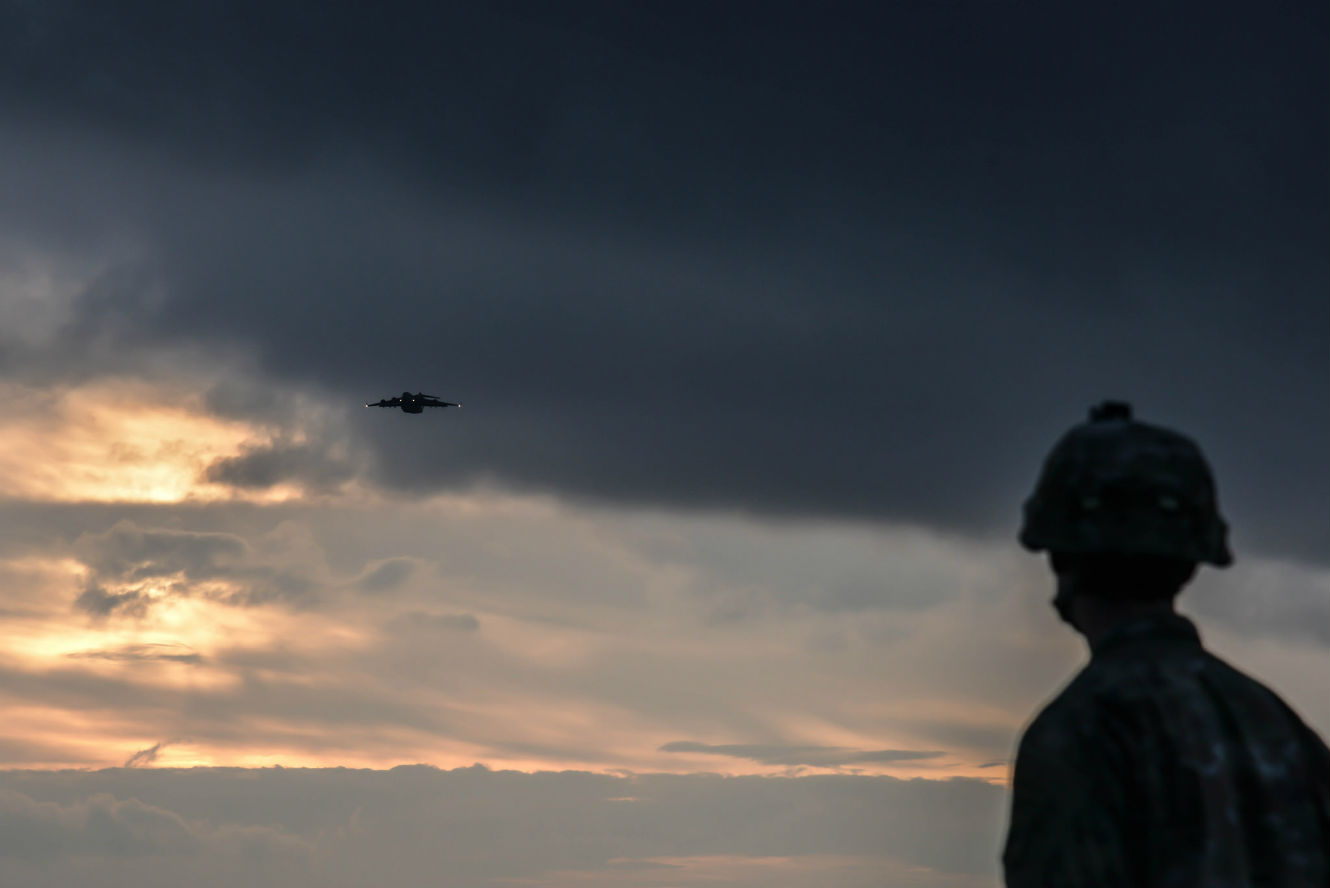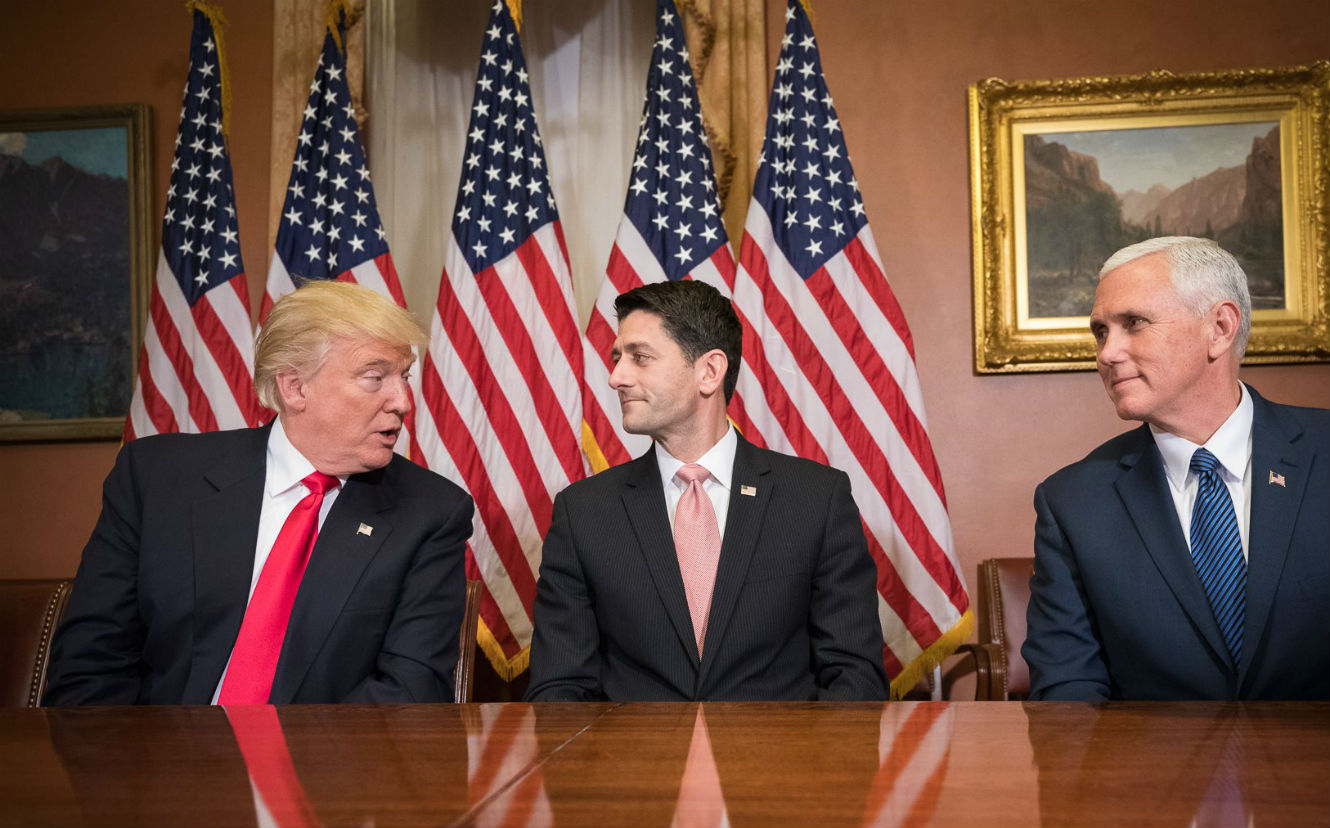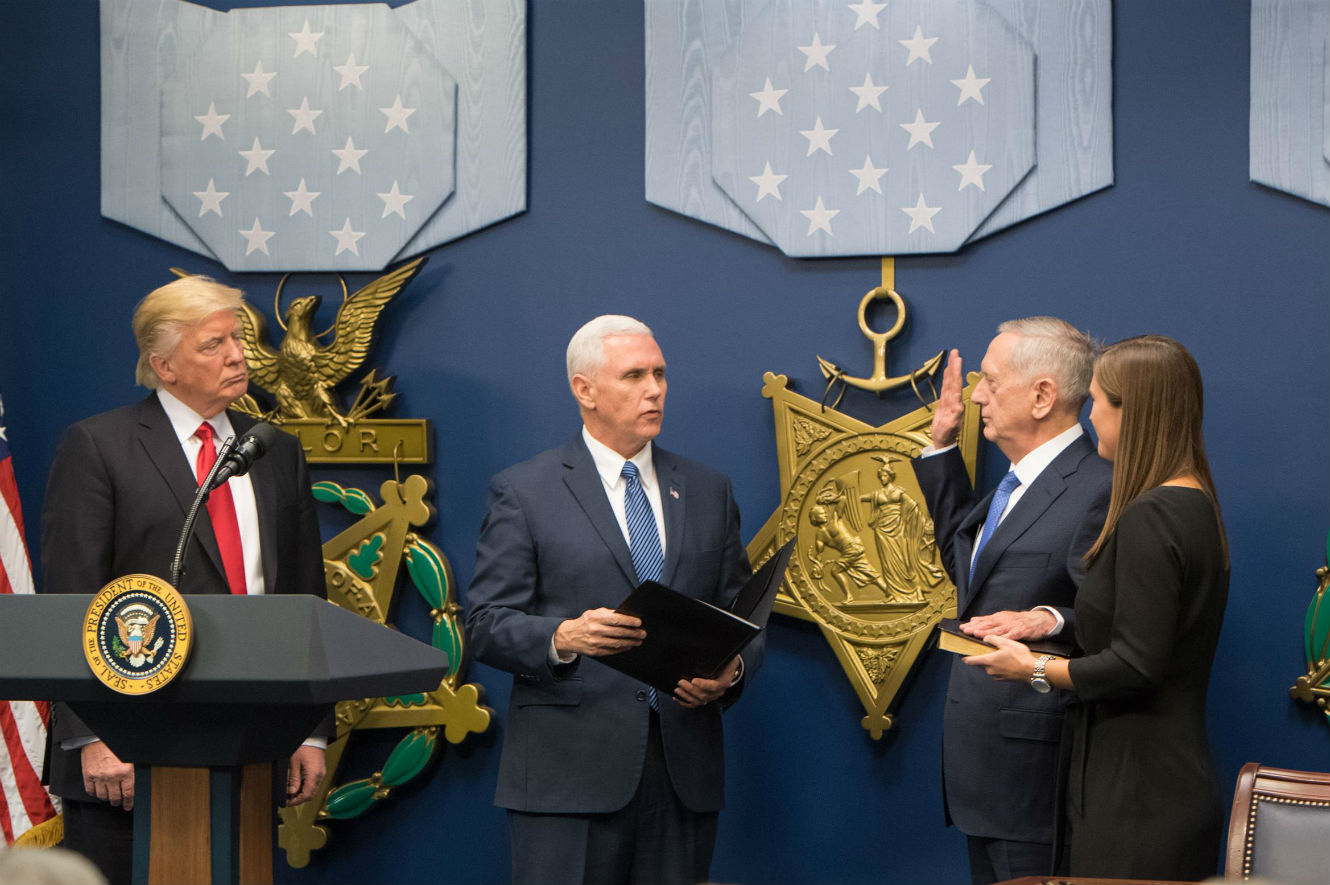http://www.thehindu.com/opinion/op-ed/Fielding-the-finest/article17113189.ece?homepage=true
JANUARY 30, 2017
We should introspect whether we are selecting the most meritorious as Army Commanders and putting forward only the best candidates for the selection of a chief
When the government appointed General Bipin Rawat as the new Army Chief, it triggered widespread debate as two of Gen. Rawat’s seniors were superseded in the selection. The debate also showed the importance of the appointment and the trust the people have in the armed forces. Here I must unequivocally emphasise that Gen. Bipin Rawat is an outstanding officer who will certainly lead the Army with distinction, just as the Army would be proud of being led by him. I wish him all the success. Having said that, let me also make it clear that the two passed-over Army Commanders have excellent records of service, and as stated by the Defence Minister himself, “their not being selected does not reflect on their performance”. Gen. Rawat’s special operation in Myanmar in 2015 and admirable performance as Vice Chief of Army Staff during the ‘surgical strike’ last year, among other achievements, helped him clinch the position.
In careers spanning four decades or so, it is inevitable that some will have more exposure to certain conditions than others. This despite the fact that officers above the level of Brigadier are exposed to various sectors and operational situations and acquire the experience and qualifications to handle all kinds of assignments. It would also be churlish to imagine rivalry between the Infantry and the Armoured Corps just because an infanteer has been nominated as the Chief. At this high level, to which arm you belong is not a crucial factor because all arms are equally important and have their roles cut out. One can never replace the other.
Service chiefs have to possess incisive vision and have deep insights into the broader politico-strategic complexities both at the national and international levels. Exercising acumen at a tactical level or having experience in one particular arm cannot be a criterion for appointment as the nation’s top military commander. Therefore, in all fairness, it is assumed that the government, even while departing from the normal convention of going by seniority, has taken the decision which in its judgment is best for the nation. It is therefore time to move on.
Seniority and merit
Notwithstanding that, people within and outside the armed forces are concerned that the time-tested principle of seniority should not be overlooked unless merit is overwhelmingly in favour of an officer lower down in the hierarchy. The tricky issue here is, how does the government weigh merit without playing favourites? An apolitical ethos of the services has been one of the strongest pillars of our democracy. Any possibility of senior commanders currying favour with the political leadership would therefore be fraught with grave risks for the nation and its military. Such a possibility must not be allowed to influence the selection of the Army Chief. This is an absolute sine qua non.













